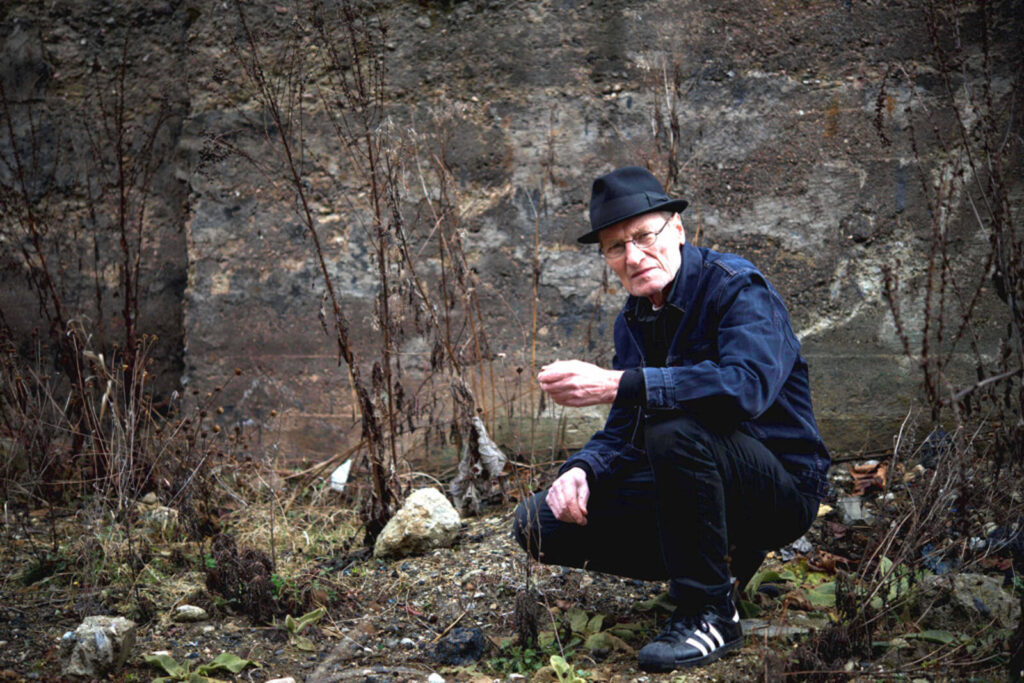Lois Weinberger (1947—2020)
artforum.com, 22.04.2020 |Austrian artist Lois Weinberger—a pivotal figure in contemporary Austrian art, who earned international fame for sowing weeds along more than three hundred feet of abandoned railroad tracks for Documenta’s 1997 edition—has died at age seventy-two. Nature consistently served as the medium for his work, which rose to prominence in the 1990s in large-scale exhibitions such as the São Paulo Bienal (1991), the Salzburg Festival (1993), and Documenta X (1997). Weinberger’s horticultural output—in which seeds and soil were often planted outside of their native turf—is frequently read as a metaphor for immigration and diaspora.
After the success of Weinberger’s Documenta X work, titled Das über die Planzen/ist eins mit Ihnen, 1990–97 (restored in 2015), the artist was given a solo museum show at the Museum Moderner Kunst Stiftung Ludwig Wien, Vienna. In 2009, he and his wife Franziska participated in the Austrian pavilion at the Venice Biennale. He returned to Kassel in 2017 for Documenta 14, where he displayed Debris Field, 2010–16, which excavated centuries-old tools, relics, and even a feline mummy from his family farm in Tyrol.
Born in Stams, Austria, in 1947, Weinberger grew up in a family of sharecroppers who cultivated seventeen acres of a Cistercian abbey. After training as a locksmith and a blacksmith, he studied at the Academy of Fine Arts in Vienna. For an early work, Weinberger gathered brightly colored bits of plastic from a riverbank and used them to ornament a tree in his family’s garden. He went on to maintain an experimental gardening practice devoted to “ruderal” plants, highly adaptable species that often grow on waste or near refuse.
“His theme is not botany but the activation of events in marginalized areas,” wrote Sabine B. Vogel in a 1999 Artforum review. “Whether he deploys weeds or plastic bags filled with concrete, Weinberger sees his artworks as ‘poetic-political’ actions.” Inspired by Land artists of the 1960s and ’70s, Weinberger described the animating tensions in his work as being between “visible nature” and a spiritual “invisible nature.” His practice can be linked with Gilles Clément’s concept of the “Third Landscape,” or forsaken spaces where biodiversity takes root. “The way a society deals with its plants tells us a lot about itself,” Weinberger said.
 Lois Weinberger in Gars, 2017 Foto: Paris Tsitsos
Lois Weinberger in Gars, 2017 Foto: Paris Tsitsos